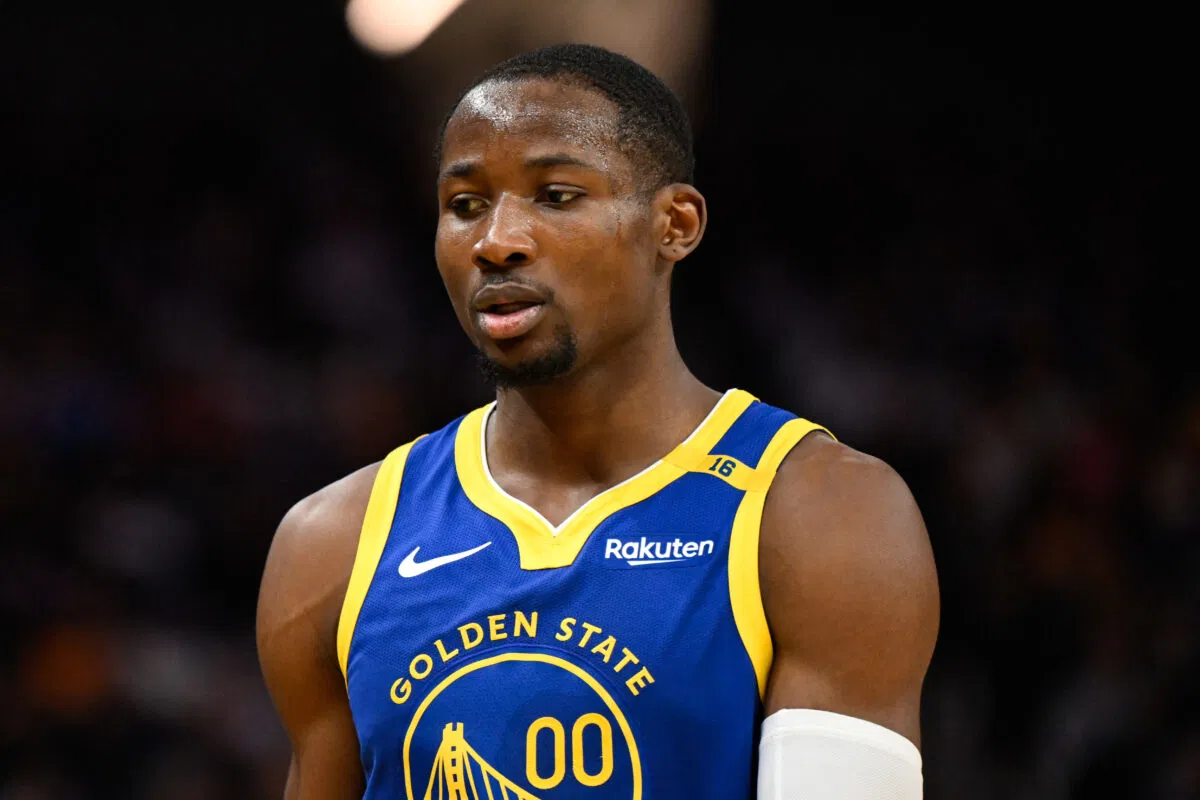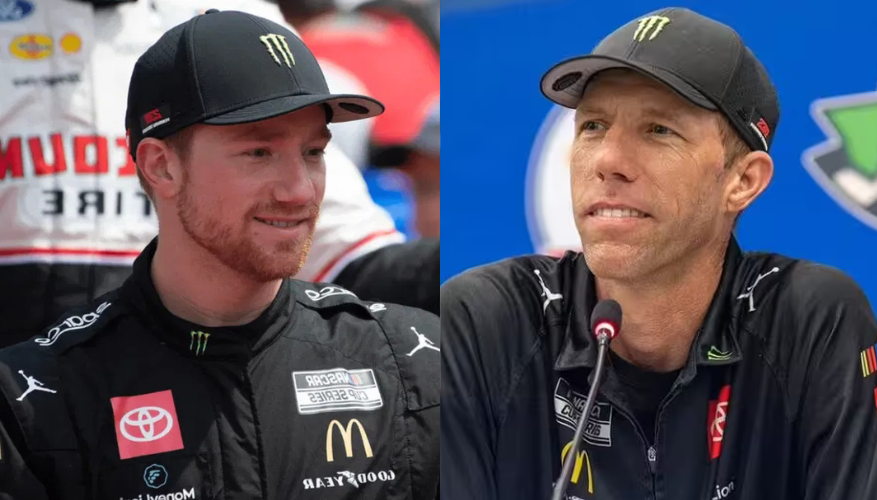Jonathan Kuminga Set Up for Failure as Expert Pinpoints Exact Moment Warriors Gave Up on Him

With the clock ticking toward training camp and just nine guaranteed players signed, the Kuminga story has become the Warriors’ offseason headline and a bruise on their planning. Owner Joe Lacob even flew to Miami to try to break the logjam and that meeting ended with the moment everyone keeps repeating, where Kuminga pushed back and asked “Do you even want me here?” That line matters because it shows this is not just about money; it is also about whether Kuminga feels wanted and whether the staff trusts him enough to build around him. This feeling of being unwelcome didn’t appear overnight. It has been simmering for years, often linked to his relationship with the coaching staff and his defined role.
Kerr has admitted developing young players is not his strength and said “I really lean on my younger coaches,” while describing himself as “an older coach” who must rely on assistants for development work. That public admission lands odd in a franchise with a slim tolerance for mistakes. For a highly drafted player like Kuminga, who needs minutes to play through mistakes, this coaching philosophy has often resulted in a short leash and sporadic playing time, creating a frustrating cycle that has hampered his growth and now threatens his future with the team.
A new layer to this complicated history has been added by ESPN analyst Zach Lowe. On his show, ‘The Zach Lowe Show’, he pinpointed a specific, telling moment he believes crystallized the coaching staff’s dwindling patience. He detailed a play from the 2025 playoffs against the Minnesota Timberwolves where Kuminga was late on a closeout against Naz Reid. Lowe recalled, “Once he’s late, it’s not an urgent closeout. It’s a lazy closeout. And on the bench, you can see the coaches, including Steve Kerr, just visibly like, ‘Oh my god. Oh my god.’” Lowe argued this single defensive lapse exemplified the staff’s extremely low tolerance for mistakes, a environment where a young player’s errors are magnified rather than used as teaching moments.
ADVERTISEMENT
Article continues below this ad
Lowe bluntly put it about what the situation with Kuminga should have ideally been, quoting “Part of the part and parcel of being a rookie drafted onto a team that good and with those stakes is I just think the tolerance for mistakes by the coaching staff was really, really low for him as a young player on that team, and I honestly think too low. I think there should have been more freedom for him to play through mistakes, for him to play through bad shot selection, play through all the stuff that young players who are trying to prove themselves, trying to make their money, all that stuff”. Explaining the basic development process players go through in the journeys from rookies to certified NBA veterans.
ADVERTISEMENT
Article continues below this ad
This incident is presented as a microcosm of Kuminga’s entire Golden State experience. Despite showing flashes of brilliance, like averaging 24.2 points in the final four games of that same Minnesota series after Steph Curry’s injury, his journey has been marked by inconsistent trust from the coaching staff. Kerr’s self-admitted weakness in development and his preference for proven veterans has, in the view of many analysts, created a system where a player of Kuminga’s raw potential was almost destined to struggle, constantly looking over his shoulder after every miscue rather than being empowered to play freely. All the more reason why his downfall feels more like a set up by Warriors themselves.
Put Lowe’s breakdown next to the contract fight and the picture get sharper. The Warriors have offered versions of a team friendly package and most recently bumped it to a three year, seventy five point two million dollar deal with a team option in year three, while Kuminga’s camp has pushed for a player option and even floated taking roughly twenty million per year for that control. The standoff is structural: the Dubs want flexibility and trade leverage, Kuminga wants control and the chance to chase a starring role, and the middle ground has not appeared. That mismatch explains why veterans and free agents linked to Golden State have kept asking for clarity.
The stakes are real and calendar driven. An October first qualifying offer deadline gives Kuminga a clear lever: sign the one year offer, play the season and become an unrestricted free agent next summer, or accept a multi year deal now and trade flexibility returns to the Warriors. If the club misreads this moment the fallout could be losing a young piece for little return or locking him into a deal that neither side truly wants. Either way the episode is a lesson in how development, coaching style and contract mechanics collided to create a very public rupture. Next up is a closer look at why some analysts say the Warriors are trapped in a loop they built.
A cycle of their own creation
Zach Lowe and other analysts keep returning to the math that underpins the fight, framing it as a leverage duel with roughly thirteen million dollars at its heart. Lowe summed the situation bluntly when he described how the Warriors pitch looks like roughly twenty two million in year one while the qualifying route would leave Kuminga with about eight million and “you’re going to lose $13 million of guaranteed money”. That gap is not just arithmetic; it shapes incentives for both sides and keeps them apart.
Lowe also warned that the scenario could become a disaster for Golden State if Kuminga chooses leverage over the guaranteed cash and the club ends up unable to trade him for value. Explaining that the team’s leverage is an illusion, he said “Kuminga’s leverage is like, ‘you want me to take the qualifying offer ’cause it’s $13 million hit for me. It’s a disaster for you because if I’m on a one year, eight million dollar deal, you’re not gonna get much for me in a trade and then I’m walking and you know I’m walking”. Meaning? If Kuminga accepts the one-year qualifying offer, he gains an automatic no-trade clause and the power to walk for nothing next summer, leaving the Warriors with no return for their former top-10 pick. This would be a catastrophic outcome for a team in the final stages of its championship window with Stephen Curry.
The front office is trying to replicate the team-friendly deal they signed with Moses Moody. But that strategy ignores a key difference: Kuminga’s perceived ceiling and his willingness to bet on himself are much higher. The refusal to include a player option- a simple gesture of good faith- signals a continued lack of long-term commitment. Factors which make a player feel alienated or unwelcome. Ensuring the cycle of distrust continues. This stalemate has frozen their entire offseason, preventing them from signing other veterans like Al Horford and putting their preparation for the new season in jeopardy.
ADVERTISEMENT
Article continues below this ad



